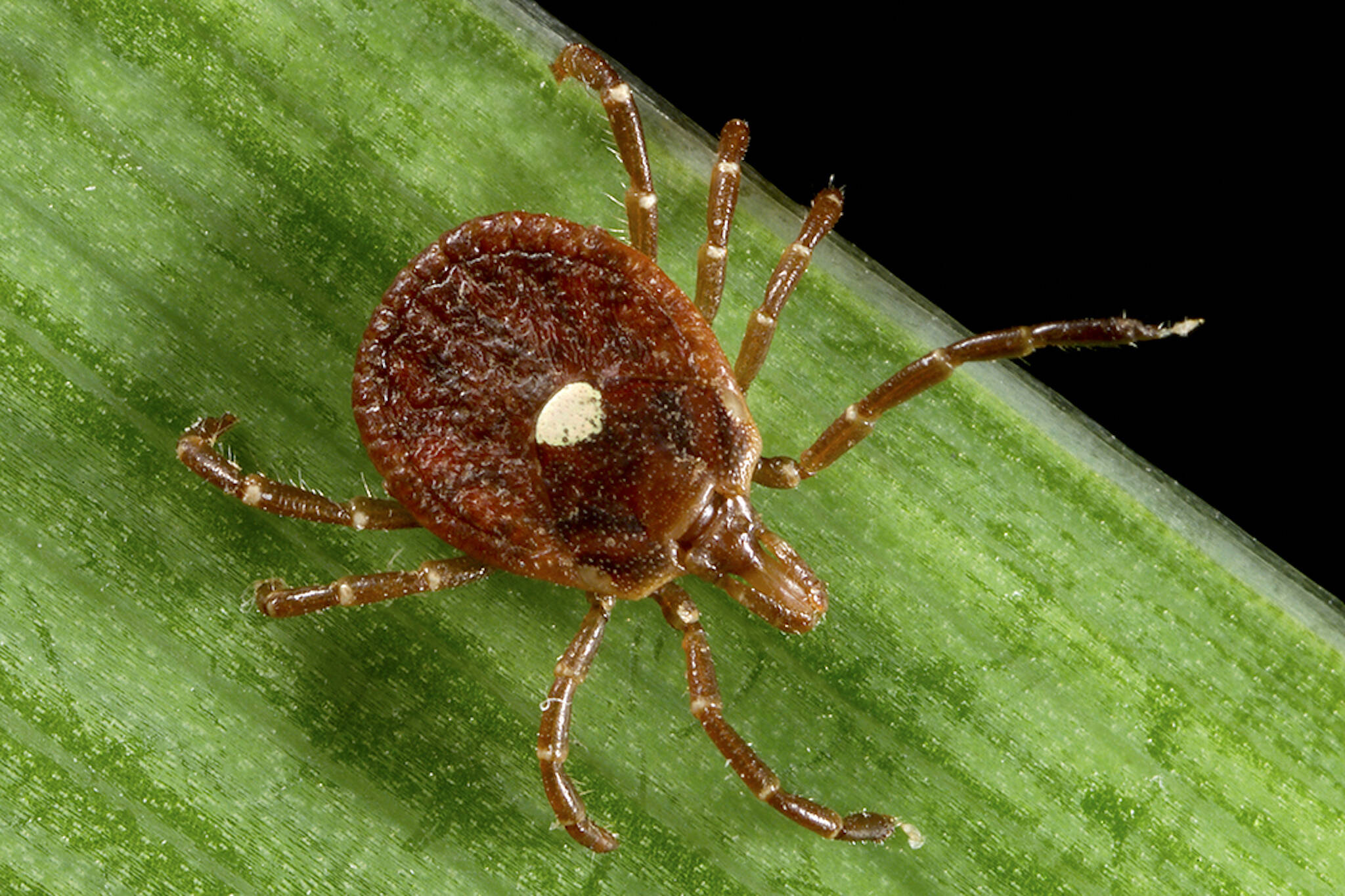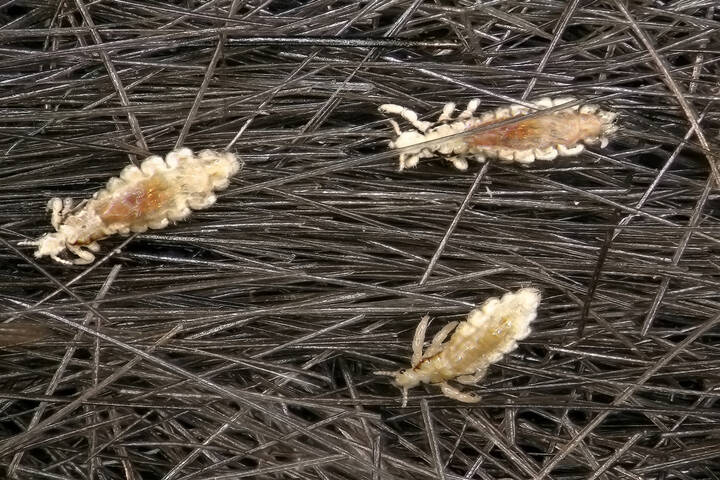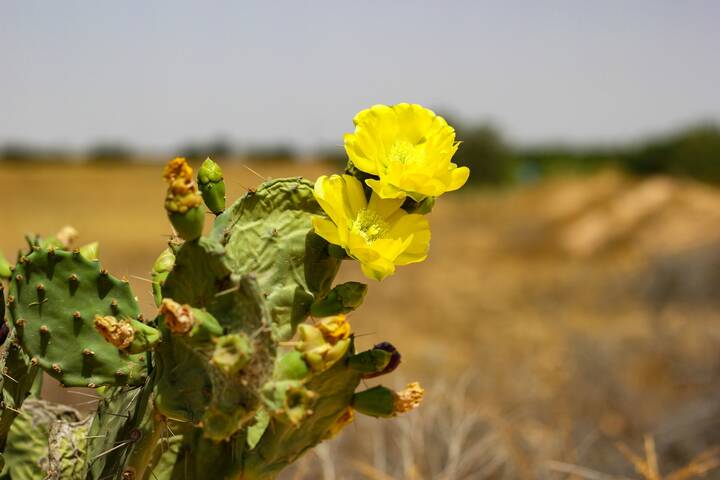
A bite from this tick spotted in Ontario could cause a red meat allergy
Previously a southern-United States dweller, a particular species of tick that's known to cause a red meat allergy has made its way to Ontario, thanks to warming temperatures in the region.
Amblyomma americanum, also known as the lone star tick, gets its name from the large, white, star-shaped dot located on the back of young adult females. Both females and males are reddish brown in colour, and are most common in dense, woody regions across the eastern United States.
According to eTick.ca, which is a public platform for image-based identification and population monitoring of ticks in Canada, nearly 70 reports of lone star ticks have been recorded in the province since 2019.
Known as "aggressive biters," lone star tick bites thankfully don't carry the bacteria that causes Lyme disease, but can cause alpha-gal syndrome, which is a food allergy to red meat that comes from mammals and includes beef, pork, and lamb.
Exposure to alpha-gal — which is a sugar molecule that humans don't have in their systems and is found in tick saliva — can trigger this allergy. It can also cause reactions to other foods that come from mammals, including dairy products or gelatin.
Reactions usually appear anywhere from two to six hours after exposure, and symptoms may include hives, itchy skin, swelling of the lips, face, tongue, and throat, wheezing or shortness of breath, stomach pain, diarrhea, upset stomach, or vomiting.
Aside from alpha-gal syndrome, the lone star tick can cause Southern Tick-Associated Rash Illness (STARI), which causes a circular rash similar to that of early Lyme disease, as well as fatigue, headache, fever, and muscle pains. More rarely, the tick can also cause Heartland virus disease and Bourbon virus disease.
The abundance of lone star ticks has only increased over the past few decades, and they've been found as far north as Maine and as west as Texas and Oklahoma.
You can prevent tick-borne illness by avoiding tick habitats, such as dense woods and brushy areas, using insect repellents containing DEET or permethrin, wearing long pants and socks, and performing regular tick checks.
If you do happen to get bit, the CDC recommends using fine-tipped tweezers to grasp the tick as close to the skin's surface as possible and use steady, firm pressure to pull it straight out. Then, dispose of the tick by flushing it down the toilet, wrapping it in tape, or placing it in a sealed bag.
Make sure to wash your hands as well as the area around the bite with soap and water or rubbing alcohol, and monitor for signs of infection. If you happen to develop any symptoms, make sure to contact your healthcare provider.
CDC Public Health Image Library
Latest Videos
Latest Videos
Join the conversation Load comments







